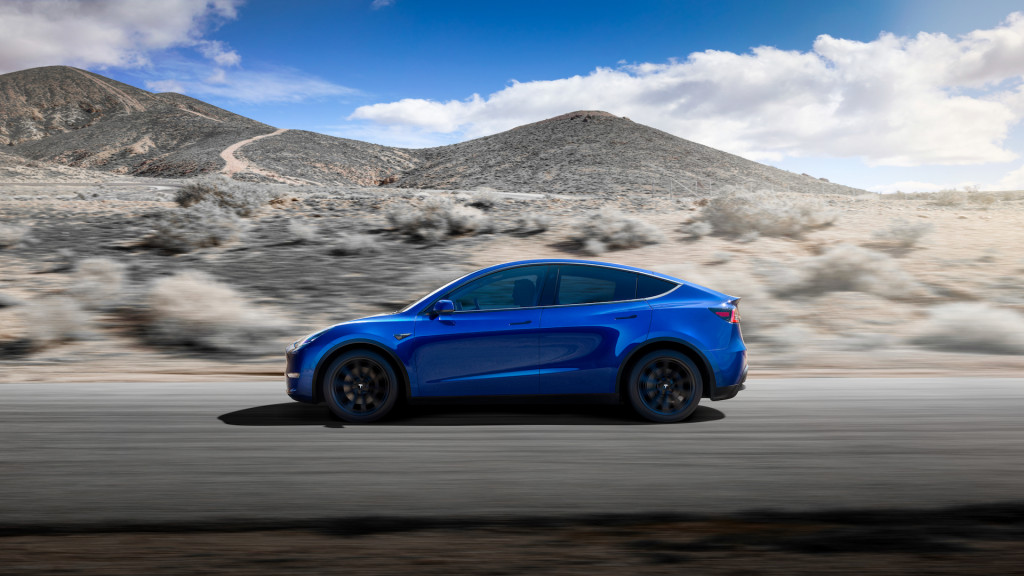
Tesla is making a major change to its driver-assist hardware. On Sunday, the company announced Tesla Vision, a new hardware suite for the Model 3 and Model Y that ditches radar in favor of a camera-only setup.
Beginning with May 2021 deliveries, Model 3 and Model Y electric cars built for the North American market will no longer be equipped with radar, Tesla said in an announcement on its website. Customers who ordered a Model 3 or Model Y before May 2021 will be notified of the change through their Tesla accounts prior to delivery, the automaker said.
The Model S and Model X, as well as all vehicles for markets outside North America, will retain radar “until we determine the appropriate time to transition those vehicles to Tesla Vision,” the automaker said.
Vehicles with Tesla Vision will rely on “camera vision and neural-net processing to deliver Autopilot, Full-Self Driving, and certain active safety features,” Tesla said. These features have relied on a combination of radar and cameras up to this point.

Tesla Model Y
Initially, though, some features will be limited or deactivated as Tesla transitions to the new setup. Autosteer will be limited to 75 mph, with a longer limited following distance, while Smart Summon and Emergency Lane Departure Avoidance “may be disabled at delivery,” Tesla said.
These features will be restored “in the coming weeks” via over-the-air software update, Tesla noted, adding that all other driver-assist features should function normally at the time of delivery.
This is a puzzling move for Tesla, which has struggled to deliver on CEO Elon Musk’s promises of autonomous driving with its existing sensor suite. In 2016, Musk said computing advances would eventually allow existing Tesla electric cars to drive themselves without adding sensors. He’s repeated that claim multiple times over the years, saying in 2019 that autonomous driving would be achieved by 2020.
Yet most other companies believe higher levels of automation require more sensors, not less. Musk has long dismissed lidar, but Lucid Motors has made it a part of the DreamDrive system for its Model S-rivaling Air luxury sedan, while Volvo has said it will begin integrating lidar in 2022 to support more advanced driver aids.
Now, Tesla seems to think autonomous driving can be achieved not only without lidar but also without radar.




